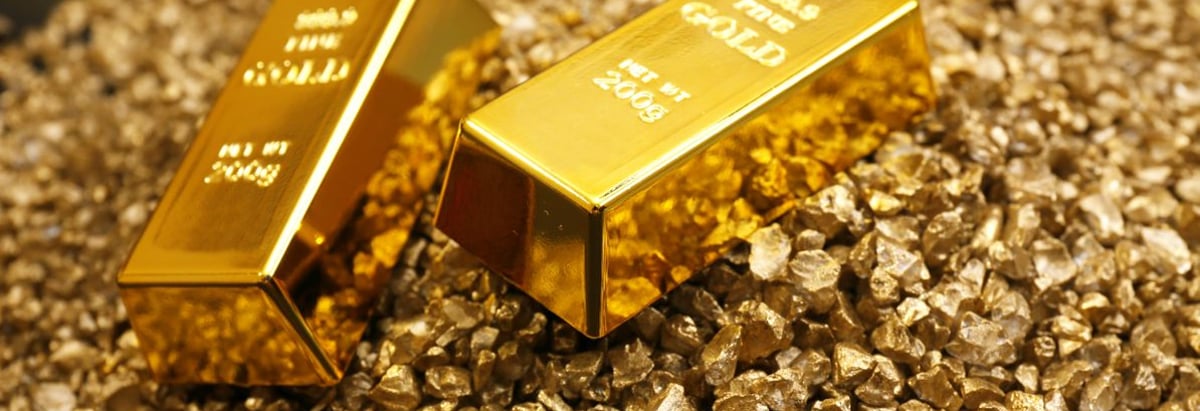Stock Analysis
- Canada
- /
- Metals and Mining
- /
- TSX:KRR
Karora Resources (TSE:KRR) Seems To Use Debt Quite Sensibly

Legendary fund manager Li Lu (who Charlie Munger backed) once said, 'The biggest investment risk is not the volatility of prices, but whether you will suffer a permanent loss of capital.' When we think about how risky a company is, we always like to look at its use of debt, since debt overload can lead to ruin. Importantly, Karora Resources Inc. (TSE:KRR) does carry debt. But is this debt a concern to shareholders?
Why Does Debt Bring Risk?
Debt is a tool to help businesses grow, but if a business is incapable of paying off its lenders, then it exists at their mercy. Part and parcel of capitalism is the process of 'creative destruction' where failed businesses are mercilessly liquidated by their bankers. While that is not too common, we often do see indebted companies permanently diluting shareholders because lenders force them to raise capital at a distressed price. Of course, debt can be an important tool in businesses, particularly capital heavy businesses. The first thing to do when considering how much debt a business uses is to look at its cash and debt together.
View our latest analysis for Karora Resources
What Is Karora Resources's Net Debt?
As you can see below, Karora Resources had CA$38.9m of debt, at September 2023, which is about the same as the year before. You can click the chart for greater detail. However, it does have CA$86.0m in cash offsetting this, leading to net cash of CA$47.1m.
How Healthy Is Karora Resources' Balance Sheet?
We can see from the most recent balance sheet that Karora Resources had liabilities of CA$65.8m falling due within a year, and liabilities of CA$156.7m due beyond that. Offsetting this, it had CA$86.0m in cash and CA$4.31m in receivables that were due within 12 months. So it has liabilities totalling CA$132.2m more than its cash and near-term receivables, combined.
Of course, Karora Resources has a market capitalization of CA$781.8m, so these liabilities are probably manageable. Having said that, it's clear that we should continue to monitor its balance sheet, lest it change for the worse. Despite its noteworthy liabilities, Karora Resources boasts net cash, so it's fair to say it does not have a heavy debt load!
On top of that, Karora Resources grew its EBIT by 61% over the last twelve months, and that growth will make it easier to handle its debt. When analysing debt levels, the balance sheet is the obvious place to start. But it is future earnings, more than anything, that will determine Karora Resources's ability to maintain a healthy balance sheet going forward. So if you want to see what the professionals think, you might find this free report on analyst profit forecasts to be interesting.
Finally, a company can only pay off debt with cold hard cash, not accounting profits. While Karora Resources has net cash on its balance sheet, it's still worth taking a look at its ability to convert earnings before interest and tax (EBIT) to free cash flow, to help us understand how quickly it is building (or eroding) that cash balance. Considering the last three years, Karora Resources actually recorded a cash outflow, overall. Debt is usually more expensive, and almost always more risky in the hands of a company with negative free cash flow. Shareholders ought to hope for an improvement.
Summing Up
Although Karora Resources's balance sheet isn't particularly strong, due to the total liabilities, it is clearly positive to see that it has net cash of CA$47.1m. And it impressed us with its EBIT growth of 61% over the last year. So we are not troubled with Karora Resources's debt use. There's no doubt that we learn most about debt from the balance sheet. However, not all investment risk resides within the balance sheet - far from it. We've identified 2 warning signs with Karora Resources , and understanding them should be part of your investment process.
If you're interested in investing in businesses that can grow profits without the burden of debt, then check out this free list of growing businesses that have net cash on the balance sheet.
Valuation is complex, but we're here to simplify it.
Discover if Karora Resources might be undervalued or overvalued with our detailed analysis, featuring fair value estimates, potential risks, dividends, insider trades, and its financial condition.
Access Free AnalysisHave feedback on this article? Concerned about the content? Get in touch with us directly. Alternatively, email editorial-team (at) simplywallst.com.
This article by Simply Wall St is general in nature. We provide commentary based on historical data and analyst forecasts only using an unbiased methodology and our articles are not intended to be financial advice. It does not constitute a recommendation to buy or sell any stock, and does not take account of your objectives, or your financial situation. We aim to bring you long-term focused analysis driven by fundamental data. Note that our analysis may not factor in the latest price-sensitive company announcements or qualitative material. Simply Wall St has no position in any stocks mentioned.
About TSX:KRR
Karora Resources
Operates as a multi-asset mineral resource company in Australia.

